Watercolour is an enjoyable hobby that many people take up with the intention of painting lovely artwork.
To do so, you first need to know which artistic traits are most important when painting with watercolours.
A good watercolour painting embodies vibrant colours, luminosity, and translucency. A watercolour artist must master these three important traits in order to create beautiful watercolour paintings that are better than average.
So keep reading to discover the best practices and strategies that will help you improve the quality of your watercolour paintings.
Let’s begin!
DISCLOSURE: This page contains affiliate links. If you make a qualified purchase using any of the links, I’ll earn a small commission at no extra cost to you. I appreciate every sale because it allows me to create free content to promote the growth of this website.
Table of Contents
How Do I Make My Watercolour Paint More Vibrant?
One of the most common watercolour struggles is accidentally creating paintings that look dull and lifeless.
So, you must learn the tips and tricks that will help you create paintings that are bright and colourful.
To make your watercolour paint more vibrant, you should regularly rinse off your brush when switching colours and develop a basic understanding of the paints in your palette. By understanding each paint’s pigment properties, you’ll be able to produce clearer and more vibrant paint mixes.
When you use 2 jars of water—one which is used for rinsing and the other which is used for loading up your paintbrush with water—you’ll be able to minimize contamination from other paint pigments.
And by rinsing off you brush every time you switch colours, you reduce the likeliness that those leftover pigments will dirty your new paint pigment.
Afterall, leaving pigments in your brush is one of the fastest ways to create dull watercolour artwork that lacks luminosity vibrancy.
In addition, learning the basics about your paint set will help you make smarter colour choices. For example, you should know the following information for each individual paint:
- The lightfastness (is it fade resistant)
- The opaqueness (transparent paints are brighter and more vibrant)
- The paint pigments (paints with more pigments don’ mix as well)
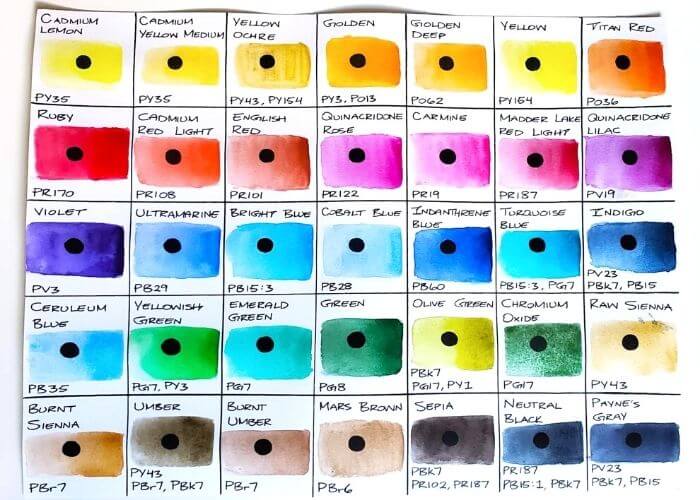
So if you haven’t already, make a colour swatch chart and write down any pertinent information regarding each pigment. See the image above for a visual reference.
Prioritize using pigments that have high lightfastness ratings, high transparency, and which are made of fewer pigments. By doing so, you’ll be able to avoid mixing muddy colours more easily.
How Can I Make My Watercolour Paint Better?
An advantage of painting with watercolours, as compared to other artistic mediums, is that there are many ways for you to make a good watercolour painting.
And one of the best ways is to improve your watercolour palette.
You can do that by upgrading your cheap, chalky, and opaque watercolour set to a higher-quality professional set.
To make your watercolour paint better, invest in a high-quality artist grade watercolour set or build your own watercolour palette buy purchasing individual tubes or pans. Focus on choosing paints that are translucent and which have good lightfastness. These colours will have greater translucency, vibrancy, and luminosity.
In other words, avoid using too many opaque paints as well as paints that have low lightfastness. That means the pigments will fade more easily.
As well, challenge yourself by painting with a limited colour palette. For instance, limit your palette to 6 paints including 3 primary cool colours and 3 primary warm colours.
By working with fewer paints, you’re forcing yourself to learn how to mix colours.
When you improve your colour mixing skills, you’ll have a better understanding of which paint pigments will work well together and which ones will create dull, washed-out mixtures.
Related: Check out this article to learn how to make watercolours fade proof.
What is Good Watercolour Paint to Buy?
Good watercolour paints come in tubes or pans and can be purchased either individually or in a set. In addition, these watercolour paints are artist grade, meaning they’re high-quality paints that are well-suited for professional use.
Have a look at the list below to check out my personal paint recommendations.
Also, check out this popular article if you’re interested in learning more about the different kinds of watercolours that you can purchase.
White Nights Watercolour Pans
My favourite watercolour set to paint with is the White Nights Watercolours.
I have the set of 36 full pans (which means the paints last a really long time), and they’ve served me very well over the years.
The colours are vibrant and rich because they have a honey base.
The application is smooth, and the set of pigments are diverse and therefore versatile for all your painting needs.
White Nights Watercolours
• 36 large pans with a diverse range of watercolour pigments
• The vibrant pigments blend easily and have very smooth application
• Box comes with useful and detailed pigment information
BUY ON AMAZONSennelier L’Aquarelle Watercolors
If you prefer watercolour tubes as opposed to pans, then you should check out the Sennelier L’Aquarelle watercolors.
The colours are rich, smooth, and the pigments dry vibrantly. As well, this set has 12 pigments that mix brilliantly together, thus creating a wide variety of colours.
These watercolours are my favourite, so I highly recommend them!
Sennelier L’Aquarelle Watercolors
• 12 tubes with 10ml of pigment, so your paints will last a long time
• Rich and creamy pigments have smooth application
• Layers appear transparent, luminous, and vibrant when they’ve dried
BUY ON AMAZONWinsor & Newton Cotman Watercolour Pans
If you’re looking for a student grade watercolour set that is more budget-friendly, I recommend you check out the famous Winsor & Newton Cotman Watercolour set.
It’s small, compact, and lightweight, which makes it perfect for watercolour plein air painting.
The limited palette is great for beginners because having a small, intimate palette encourages you learn about colour mixing.
Winsor & Newton Cotman Watercolors
• 12 vibrant pigments that blend and mix well together
• Small box that’s lightweight, portable, and convenient to carry
• Very affordable set that’s suitable for all beginners
BUY ON AMAZONWhich Paper is Good for Watercolour Painting?
If you’re painting on cheap paper that is made of cellulose or wood pulp, I’m sorry to break this truth to you.
Painting on cheap paper can greatly hinder your ability to produce a good watercolour painting.
This is due to the fact that cheap watercolour paper is less absorbent. That means it can’t handle many layers of water, which is why your watercolour paintings turn out bad.
So, if you’re going to splurge on any watercolour supplies, I highly recommend that you invest in high-quality paper.
Arches 100% Cotton Cold-Pressed Paper
My favourite brand of watercolour paper is Arches because it offers 100% cotton paper, which makes it super absorbent.
It takes a long time to dry, so you have lots of time for mixing colours and doing detailed work.
This is hands down my favourite watercolour paper to work with!
The cold-pressed paper is absolutely amazing. The paper is textured, thick, and absorbs water incredibly well.
That means you can paint multiple layers on this paper without the paper buckling or warping.
Arches Cold-Pressed Watercolor Paper
• 100% cotton paper is super water absorbent and ideal for watercolours
• 300 gsm (140 lbs) is thick paper, so it can handle many layers of pigment
• Acid free: Your paper won’t turn yellow
BUY ON AMAZONCanson XL Watercolour Paper
That being said, if your budget is tight, I can recommend a more affordable watercolour paper for you.
The Canson Watercolour Paper was the first paper I ever used back when I was learning to paint with watercolour, and it served me well as a beginner.
This paper is super beginner-friendly. It’s great for warm-up drills, painting exercises, and experimentations.
As well, since it’s cost effective, you won’t feel bad about ruining this paper.
That means you won’t have to worry about ruining your fancy cotton paper if you use this option instead.
Canson Watercolor Paper
• 140 lbs / 300 gsm paper that’s thick enough to handle water and layering
• Acid-free paper, so the paper shouldn’t turn yellow
• Paper works well for watercolours and mixed media art
BUY ON AMAZONHow to Make A Good Watercolour Painting?
If you want to improve the quality of your artwork so that you consistently make a good watercolour painting, then you need to be aware of the best watercolour tips and tricks.
First, it’s incredibly important for you learn to master water control. Essentially, this means that you understand how to balance the paint to water ratio in your paintbrush.
When you master water control, you’re able to paint with greater accuracy and ability. You’ll be less likely to use too much water, which is often a stumbling block for watercolour artists.
Second, make sure you spend some time learning all of the fundamental watercolour techniques. These include:
- Wet-on-wet
- Wet-on-dry
- Dry brush
- Layering/glazing
- Flat wash
- Graded wash
- Variegated wash
Once you’ve mastered these basic techniques, you’ll be able to paint a huge array of landscapes, portraits, and paintings.
Check out this watercolour techniques guide for beginners to get a thorough breakdown of each technique and how you can apply them to your paintings.
Third, practice your watercolour techniques by creating value scales.
A value scale shows the full range of a single hue from the lightest, palest values to the darkest. All you have to do is follow the following steps to create your own value scale:
- Draw a rectangle
- Divide the rectangle into 6 or 7 smaller boxes
- Dilute a tiny amount of pigment into water and paint the second box (leave the first box white)
- Add a tiny amount of pigment to the mixture to darken it. Fill in the third box
- Repeat the process until each box is filled in. You should see a nice value scale that ranges from light to dark values
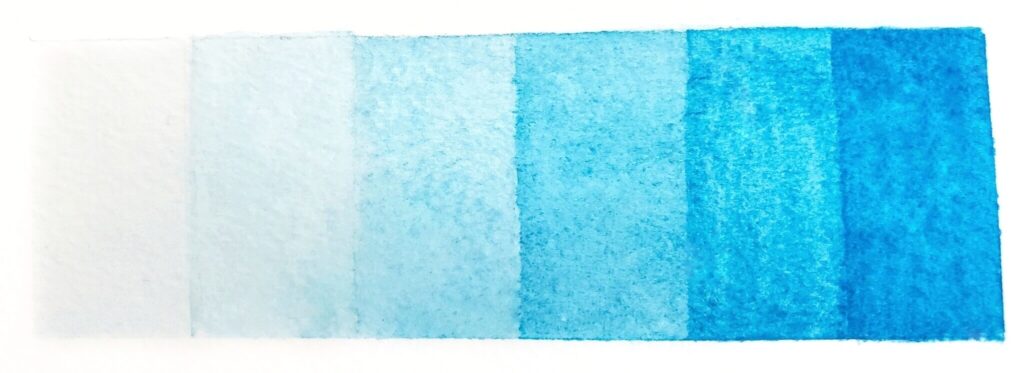
For more information on how to use value scales in a good watercolour painting, check out this easy watercolour monochrome tutorial.
In it, you’ll learn how to use value to create highlights and shadows as a means to deepen the contrast of an artwork.
Conclusion
In this article, you’ve learned about the best practices and strategies that will help you create a good watercolour painting every single time you sit down to make new art.
To summarize, make sure that your watercolour paintings possess these important qualities:
- The watercolour pigments are vibrant
- The layers appear translucent
- The painting has bright luminosity
But there’s an important takeaway that I want you to remember:
It doesn’t matter how professional or high-quality your watercolour supplies are. The truth is that if you don’t practice, you won’t improve your painting skills.
So make sure that you make a commitment to practice painting with watercolours on a consistent basis! After all, you’re never going to improve your skills if you don’t sit down and paint.
Do you agree with my description of a good watercolour painting, or have I missed other important qualities? Share your thoughts in the comments below!
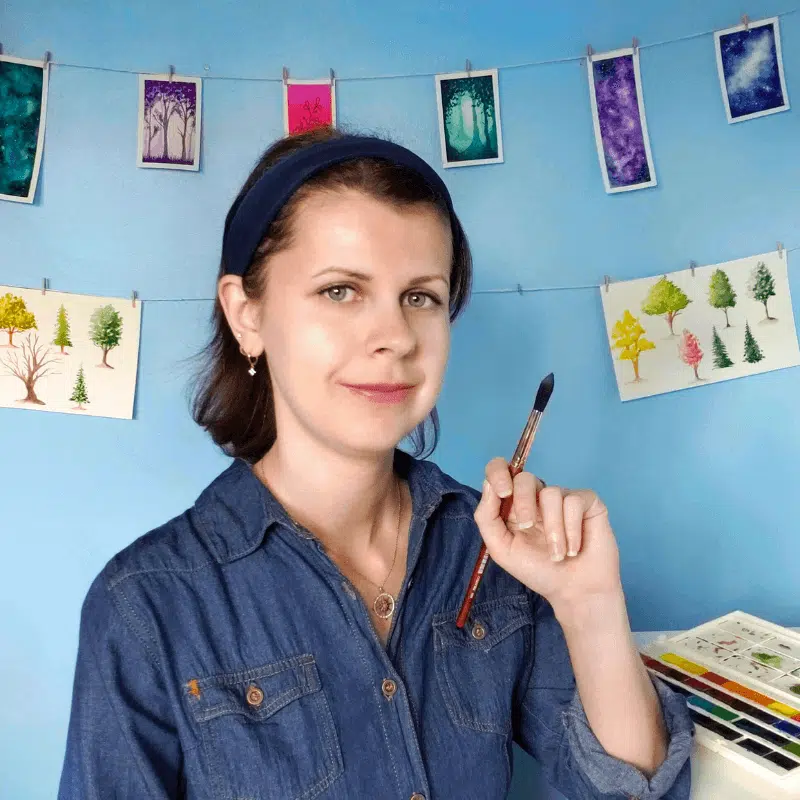
Miranda Balogh
Artist & Online Educator

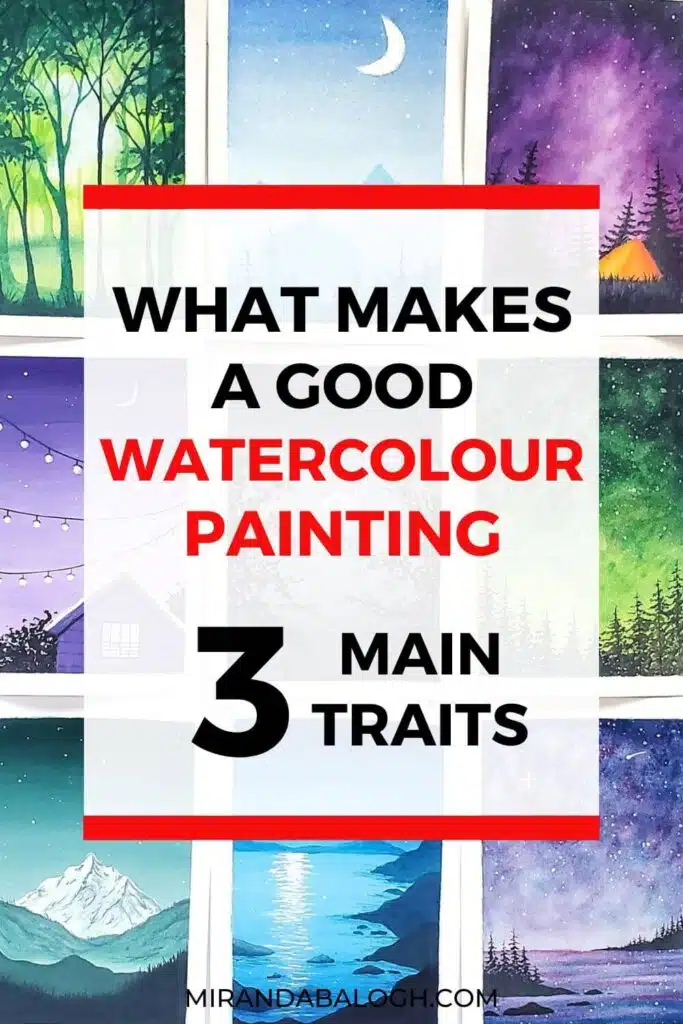





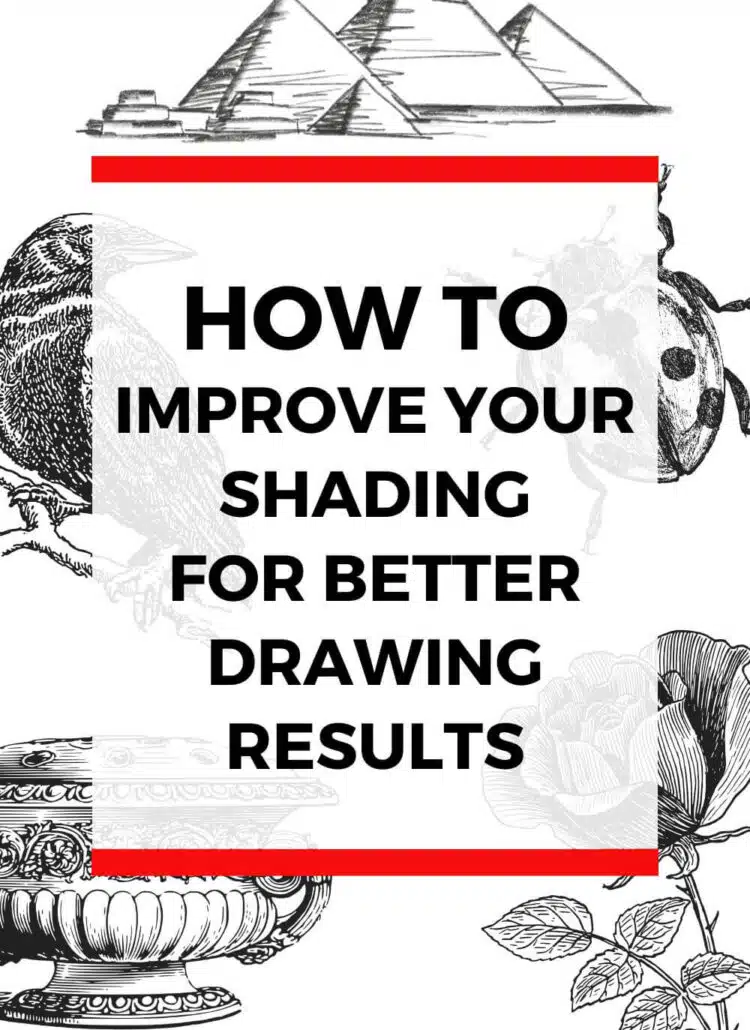
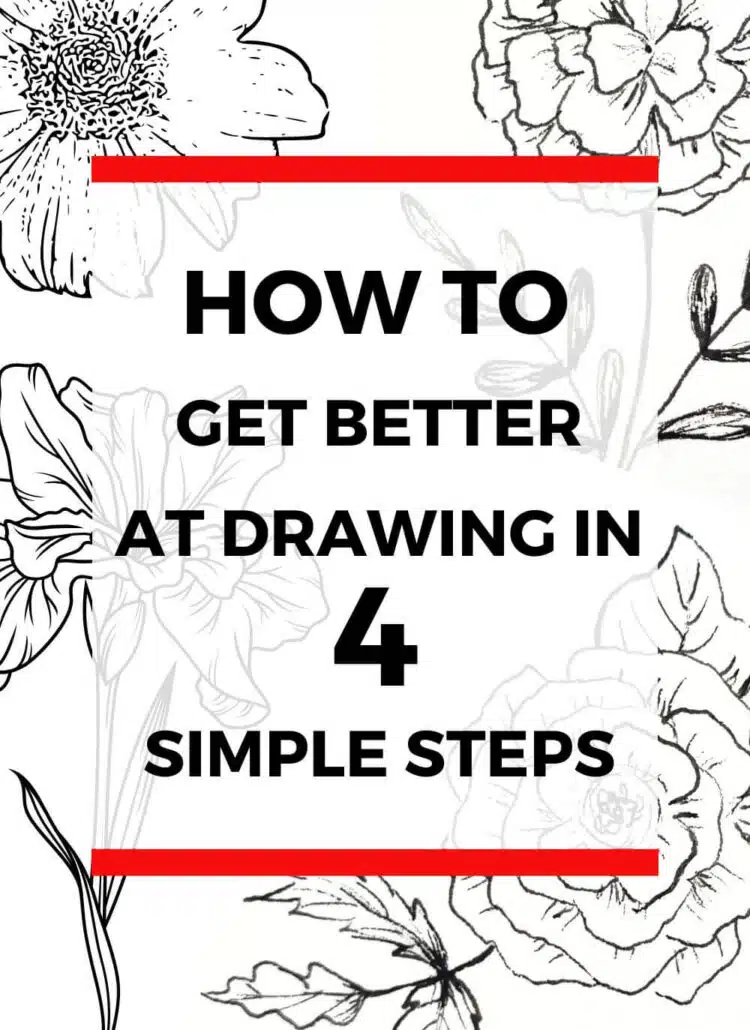

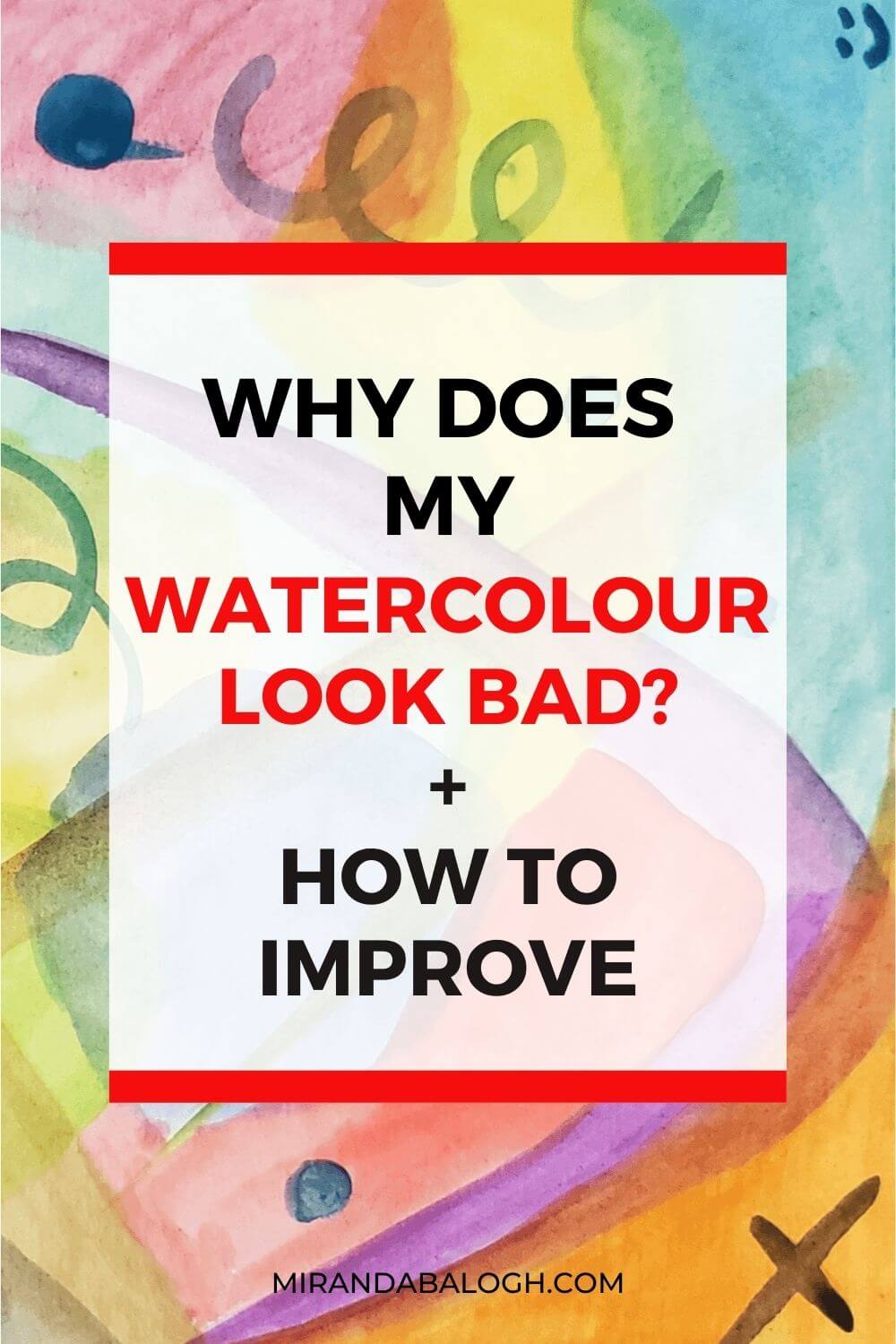
This is so informative. My little sister loves to paint actually. This is perfect for her. I am sharing the link with her 😃
That’s great! Thanks for sharing!
I’ve tried watercolor painting before and struggled with the water painting balance. I really like your tips on how to create the value scale to help improve painting techniques.
Practicing value scales is such a good exercise for learning how to control the paint to water ratio. Give it a try the next time you take out your watercolours!
Great article! Thank you for sharing. Yes, practice make perfect!
Thank you! It’s also good to remember that practice makes progress.
I love getting to see the colors become more vibrant. These are great tips.
Me too! I love watching how every watercolour layer transforms the artwork into a full, vibrant painting.
There is a lot of great information here! I have never used watercolor before but this looks really cool!
Thanks! You should try painting with watercolours. It’s a relaxing and enjoyable activity!
Helpful post full of great tips!
Thank you! I’m glad you enjoyed these good watercolour painting tips.
I’m just getting ready to start painting but have been a bit timid to begin. This and your other beginner booklets are building my confidence. I think I can do it. At least start the practice stage. It’s a big step to go from not knowing anything to beginning. Thanks for your help.
I’m so glad to hear that you’re getting started with watercolour painting! You definitely can learn how to paint well; just take it one step at a time. Take those first baby steps. As you practice more, your confidence will increase. And soon enough you’ll see tangible results in your paintings!
Great post! it is very informative, thank you for the recommendations 🙂
You’re welcome! I’m glad you enjoyed reading this article.
Very informative and helpful article! Will definitely be referring back to this whenever I paint with my nephew!
Thanks! Have fun painting with your nephew.
It’s great that you talked about watercolor painting and what techniques are a must to learn. The other day, my girlfriend said she’s interested in learning how to paint with watercolors. I want to help her get started by buying a watercolor palette and helping her find a good painting course, so I think your article will help me out. Thanks for the advice on learning and mastering basic watercolor painting techniques.
You’re welcome! I’m glad this blog was helpful for you.